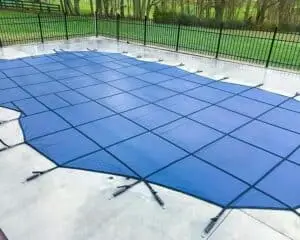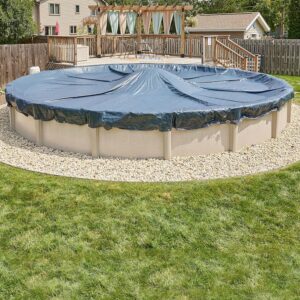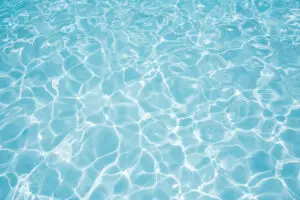As the chill of winter draws near, protecting your pool investment becomes more important than ever. At St. Cyr Pool & Spa, we want every pool owner to have a smooth winterization process that keeps your water clear and your equipment safe when spring returns.
Why Winter Pool Care Matters
Winterizing isn’t just about closing the pool—it’s a proven way to defend against freeze damage, avoid expensive spring repairs, maintain water clarity, and make next season’s opening a breeze. Skipping these steps can mean stained liners, damaged plumbing, and a trickier, costlier startup.
How to Winterize Your Pool: Step-by-Step
Clean and Balance
Give the pool a complete cleaning—vacuum out debris, skim the surface, and brush down all walls and steps. Test and adjust your pool’s water chemistry so pH, alkalinity, and sanitizer levels are in their ideal ranges. A quick shock treatment wards off bacteria, while balancing chemicals protect surfaces and equipment from corrosion or scaling.
Lower the Water Level
For in-ground pools, drop the water just below the skimmer; for above-ground pools, aim for several inches beneath. This simple move is crucial for preventing freeze-related cracks in both the skimmer and pool walls.
Protect Plumbing and Equipment
Drain all water from pumps, filters, and heaters. Use a shop vac or air compressor to blow out lines, then install winterizing plugs in your returns and skimmers. For added peace of mind, pour in pool antifreeze for extra freeze protection.
Add Winter Chemicals
Apply a winter kit, including algaecide and long-lasting sanitizer. Let the pump run for a few hours to ensure even distribution—this preserves water clarity and prevents green pool surprises when the cover comes off.
Cover Up
Use a heavy-duty winter cover or safety cover that’s tightly secured. For above-ground pools, float an air pillow under the cover to manage ice expansion. Fastening the cover well keeps out debris and prevents wind damage.
Winterizing Mistakes to Avoid
Be mindful of these common errors:
- Closing too early or late: wait until the water is consistently cold to prevent algae blooms.
- Neglecting water chemistry: unbalanced water leads to stains and hardware corrosion.
- Skipping line drainage: standing water in pipes often results in freeze cracks.
- Loose covers: improperly installed covers can let in debris and even become safety hazards.
Climate Matters
If living in a region with harsh freezes, follow every step for thorough protection. In milder areas, some may keep their pumps running on a timer throughout winter instead of a full close, but always monitor and maintain water chemistry.
Final Thoughts
Taking the time to properly winterize is an investment in the longevity and enjoyment of your pool. By sticking to these best practices, you safeguard your pool from seasonal damage—making next spring’s reopening fast, affordable, and stress-free.




